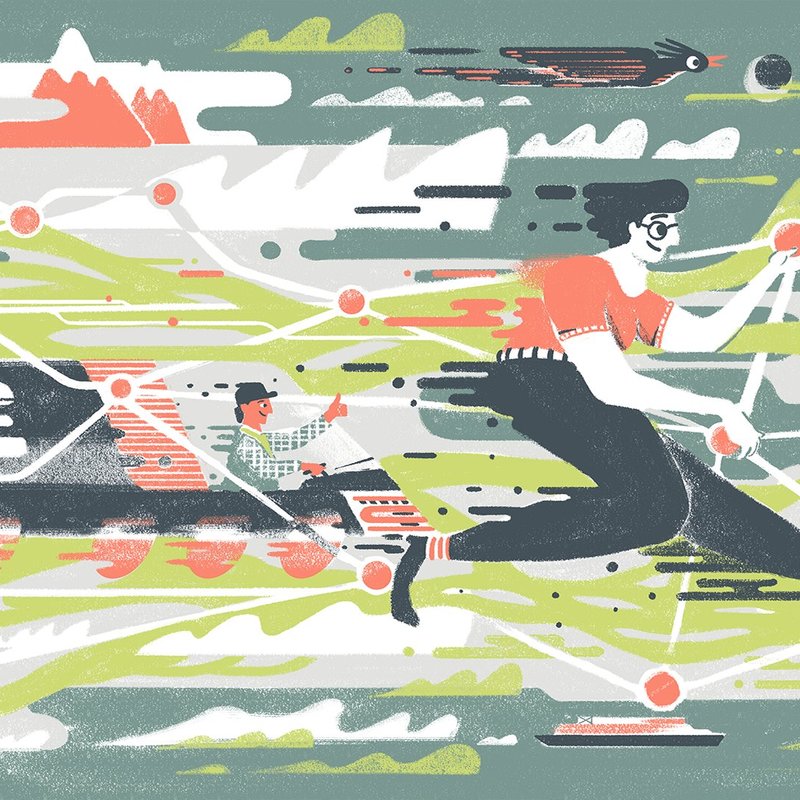Search
Desarrollo de microdispositivos para Análisis de Células y Biomoléculas - Microdevice Development for Analysis of Cells and Biomolecules
DOI: 10.17160/josha.8.4.770
In the last decade, microfluidic devices have played an important role in many biological, chemical, and engineering applications. With this premise, in this work, microfluidic devices have been successfully developed for the optical sensing of cells with a solid-state immersed micropore chemically manufactured. In addition, cell death was assessed with chemotherapeutic drugs through fluorescence labeling of cell biomolecules to identify types of cell death. It is noteworthy that in this thesis a method of microfluidic device manufacturing was developed. This methodology does not need access to a cleanroom facility. In such a way, it is possible to integrate microfluidics in any laboratory. Several microfluidic device designs were fabricated and investigated to evaluate the ability of epoxy resin to replicate microstructures and to transfer them to polydimethylsiloxane (PDMS) for assembling microfluidic devices.
Nubosidad variable - Partially cloudy
DOI: 10.17160/josha.8.3.765
Lockdown measures to fight the COVID-19 pandemic led to a secondary improvement in the air quality of major cities worldwide. Decreased mobility and slowing down of industrial and economic activity explain most of this effect. Unfortunately, when easing measures were implemented, air quality rapidly dropped to the levels observed before the lockdown. Moreover, no significant benefit has been evidenced in current Global Warming and Climate Change. In this article, originally published in El Gato y La Caja, Timoteo Marchini presents how the COVID-19 pandemic has highlighted the need of humans to establish a healthy relationship with the environment, not only for our development but for our survival.
Señales Biológicas Cerebrales y Cognición - Biological Brain Signals and Cognition
DOI: 10.17160/josha.8.3.758
Brain electrical signals allow the brain mechanisms underlying cognitive processes to be subjected to analysis. The present literature review aims to present the results of the most recent studies on brain signals involved in cognition. The literature search was performed using databases such as Google Scholar, Jama Neurology and PubMed. Twelve studies conducted between 2015 and 2020 were selected. The findings report that the processing of brain electrical signals is variable and that such variability is linked to the specific demands and difficulty levels of cognitive tasks.
Pucho vs. Vapo - Smoking vs. Vaping
DOI: 10.17160/josha.8.2.743
Humans have been consuming tobacco for 4500 years. It started as a part of religious rituals but became popular when suggested to cure diseases and considered cool. Nowadays, it is associated with 15% of total deaths worldwide, and represent one of the main Public Health issues in the agenda. Most tobacco users need between eight to ten attempts to quit smoking. In this context, vaping emerges as a safer alternative to conventional smoking. However, vaping might not be completely safe. In this article, originally published in El Gato y La Caja, pros and cons of vaping versus smoking are presented. Ilustradora: Mariana Ruiz Johnson Fecha de publicación: 30/5/20 Link a la nota original: https://elgatoylacaja.com/pucho-vs-vapo/
De ratones y humanos - Of Mice and Humans
DOI: 10.17160/josha.8.1.735
Experimental data is what we do with it. It is the analysis that makes them relevant (or not). We have to be especially careful to look at it as fairly as possible. Otherwise, we will see whatever each of us wants to see, always. In February 2013, Junhee Seok showed that mouse models poorly mimic human diseases. In June 2014, Keizo Takao and Tsuyoshi Miyakawa used the same data to conclude the opposite. This is the story of how they shocked the scientific community. Previously published on: 25/6/2018 Link to the original article: https://elgatoylacaja.com.ar/de-rat
Aprender de hongos - Learn from Mushrooms
DOI: 10.17160/josha.7.6.726
Given a list of cities and the distances between each pair of them, which is the shortest route available to visit every city and return to the first one? This scenario, called the travelling salesperson problem, is one of the most studied problems in optimization. In this article, originally published in El Gato y La Caja, Pablo González tell us how to approach it by taking a deep look at how Physarum polycephalum protists grow. Ilustrador: Juan Pablo Delaccha Fecha de publicación: 2/7/2018 Link a la nota original: https://elgatoylacaja.com.ar/aprender-de-hongos/
Charles Taylor: Una Aproximación a la Noción de Reconocimento e Identidad -Charles Taylor: An Approach to the Notion of Recognition and Identity
DOI: 10.17160/josha.7.5.715
The thought of identity and recognition occupies an increasingly important place in Charles Taylor`s thinking. It has even sparked the interest of thinkers like Michel Walzer and Jürgen Habermas to name just a few. In this way, his critique of the innumerable problems of the present ended up adapting a historical form. This article analyzes the diverse forms of approach to thematic creation in the work Philosophical Arguments, concentrating exclusively on Chapter 12 "The politics of recognition".
La Filosofía latinoamericana como Instrumento para la Accion Transformadora de la Realidad - Latin American Philosophy as an Instrument for Transforming Action of Reality
DOI: 10.17160/josha.7.5.710
In this document an approach will be made to the historical circumstances of being Latin American. Latin America as the fundamentals to understand the reality of dependence and subordination suffered even today by the inhabitants of the territories once subjected to Spanish rule. It is important to add that each of these events of the past account for a project with its respective philosophical justification, these are: the Christian-European of colonization, whose high point was the controversy between Juan Ginés de Sepúlveda and Bartolomé de Las Casas, the rationalizer of Modernity and the libertarian, launched once the political, economic and administrative emancipation of Spain was achieved.
Enfermedades Crónicas No Transmisibles en Argentina - Chronic Non-Communicable Diseases in Argentina
DOI: 10.17160/josha.7.4.701
A constant change in human health is evident, enhanced by technological advances and the development of scientific research. These constant changes are a setback in terms of the development and persistence of chronic diseases, being these the main causes of mortality and morbidity in Argentina, among which the Chronic Diseases stand out Non-transmissible (NTC) 1. These include cardiovascular disease, diabetes, obesity, metabolic syndrome, kidney disease, certain types of cancer and chronic respiratory disease. It is a situation of enough changes to be able to carry out prevention measures in order to avoid the appearance of these diseases, as well as to improve the treatment indicated by the medical specialist, finally avoiding that they continue to be prolonged in time. This constant change causes a wide field for Evidence-Based Medicine (EBM) 2 that seeks to integrate the different individual clinical experiences with the best external evidence for decision making.
Exposición de la muerte como satisfacción anónima de algunos Hombres - Death as an anonymous Satisfaction of some Men
DOI: 10.17160/josha.7.4.682
This investigation does not seek to verify weather there is an afterlife since that intention may take it out of the philosophical framework. In this special degree, the main intention is to go deeper into the sick morbidity, to highlight all the meaning it represents in the perception of men. This work is oriented to the existential study of death as a natural and ontological phenomenon where the protagonist is the man. The research is based on the work of E.M. Cioran on the Heights of Despair. The general objective is to expose death as an anonymous satisfaction of some men, so we proceed to study the concept of death to examine their own thoughts, beliefs, and experiences of men and also reflect on the exalting presentation of death in literary texts and the seventh art. As a result of this research, it can be deduced and concluded that the conception of death and dying as an immediate fact usually sensitizes man to such an extent that he himself is satisfied with it.









